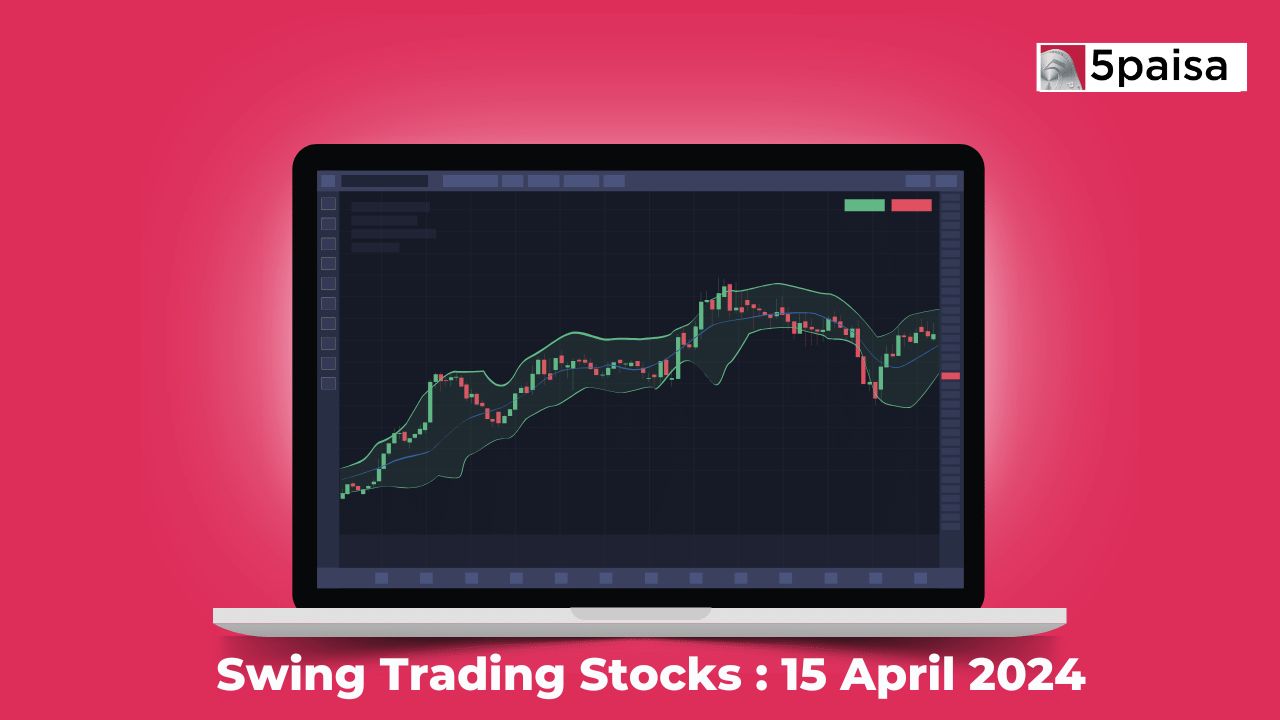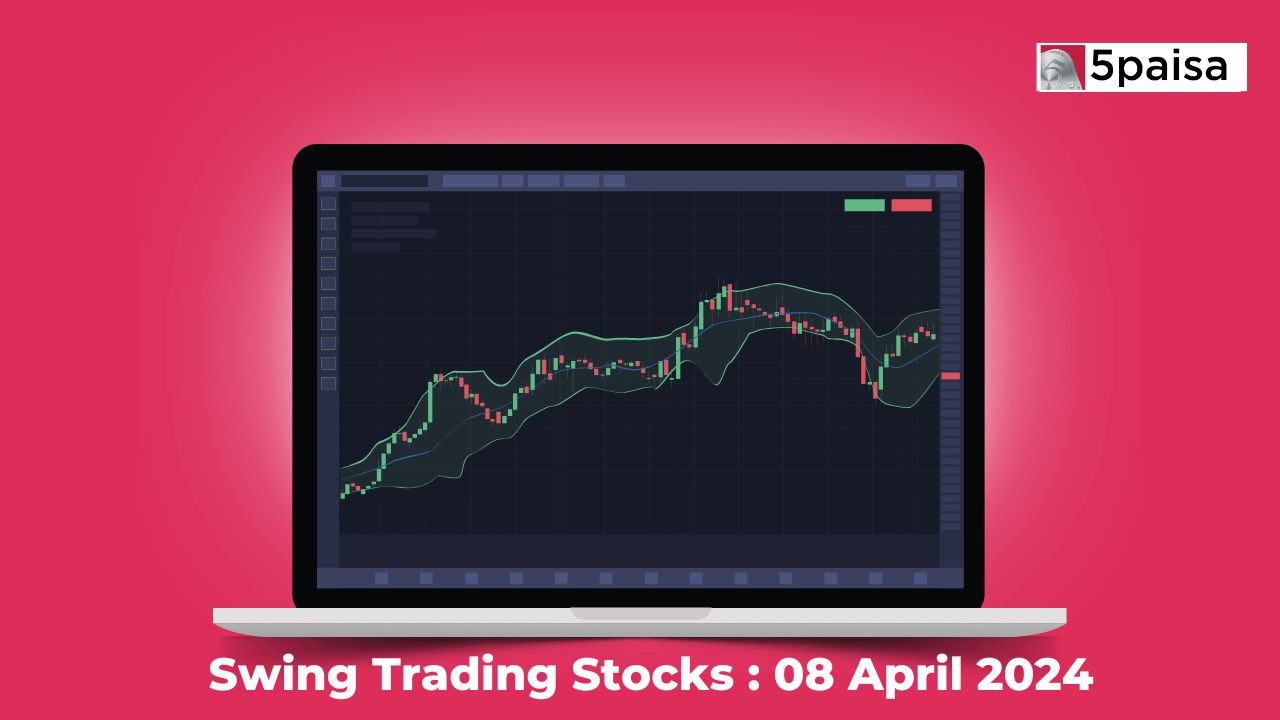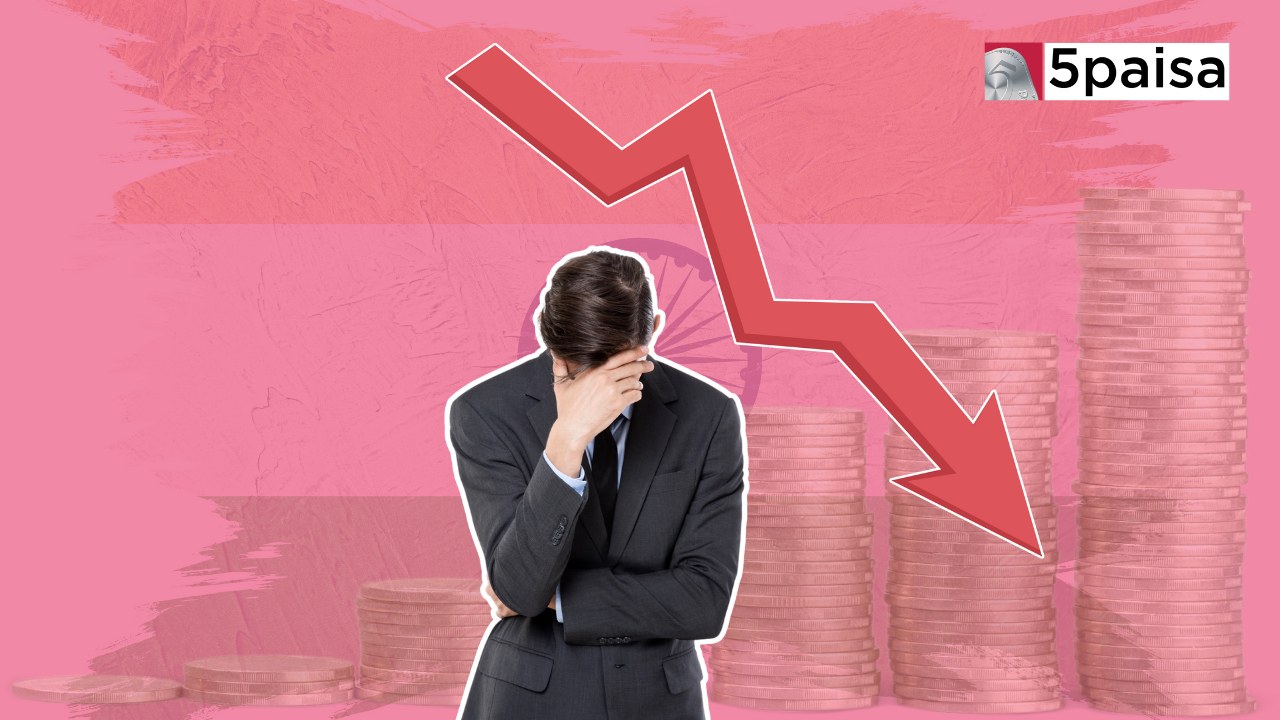
How will the markets react to the complex growth-inflation calculus?
In the course of—give or take—the last 12 months, the global macroeconomic environment has drastically changed—from one of recovery from the Covid-19 pandemic to one paralysed with fear and doom and gloom scenarios.
The current pall of pessimism and insecurity in the Indian, as well as the overseas markets, boils down to one dreadful economic development. This development, namely inflation, threatens to unravel the stratospheric rise that stock exchanges across the globe have recorded since the March 2020 crash, and the mention of it has been giving jitters to seasoned and new investors alike.
Adding fuel to the fire are the projections of a number of investment gurus, economists and market experts—who have traditionally occupied the role of market Cassandras—projecting apocalyptic scenarios of equity, bond and commodity market meltdowns, not to mention debilitating recessions that will render millions jobless and without a sustained flow of income.
Silver lining at the end of the tunnel?
Considering the spiralling-out-of-hand inflationary background and the doomsday projections’ foreground in which the global economy is currently positioned, the news of the US retail inflation easing to its slowest pace since January was an exceptionally welcome relief. The US Federal Reserve’s fight against inflation, which until recently was widely panned as a lost cause, is turning tables and yielding strong results.
Look, for instance, at the road that has been covered since September last year when the retail inflation was screeching upwards at a blistering speed of 8.2% or, for that matter, in June this year when it was racing ahead at 9.1%, the highest rate in four decades. Compared to these figures, the October retail inflation in the USA grew by 7.7%, which is still a forbiddingly high rate but relatively better than the one we witnessed as recently as June this year.
Even the core inflation figures—which exclude the volatile food and energy prices—also rose by 0.3% compared to the month gone by. The gain of 0.3% is the smallest rise that core inflation has recorded in a year. Even when seen on a year-on-year basis, core prices rose by 6.3% in October compared to 6.6% registered in September.
No surprise, then, that the American stock markets heaved a sigh of relief with the release of easing retail inflation numbers and soared in response. The US market is now pinning its hopes on the expectation that the Federal Reserve won’t be so eager on pressing ahead with its rate hike programme. Meanwhile, the Fed is in no mood of calling it quits on the rate hike gameplan.
Nevertheless, the S&P 500 is down 16% year to date while the tech-heavy Nasdaq has slumped 30%.
Jumping with joy a little too soon?
Earlier this month, a US Fed official told the Wall Street Journal that investors had overreacted if they thought that the October consumer inflation figures could prompt the central bank to hit the brakes on its fight against inflation. Fed governor Christopher Waller said that the Fed would want to see more evidence of inflation cooling down before it can seriously consider putting an end to the rate hike agenda. Governor Waller is quite on the mark for refusing to take his foot off the pedal considering that there have been one-too-many instances of inflation registering a slowdown, only to bounce back with more vigour.
On November 2, the Fed delivered its fourth-consecutive hike lifting the interest rates by 0.75%, effectively pegging the benchmark federal-funds rate to 3.75%-4%. Federal Reserve Chairman Jerome Powell set the tone for future monetary policy action when he indicated that the question of when the pace of rate hikes would be moderated takes a backseat compared to how high the rates should, ideally, be raised and how long should one keep monetary policy restrictive.
By reading the subtext of Powell’s comment, one can glean clearly that the real focus of the Fed is on ensuring that inflation is effectively tamped down for the long run. The Fed Chair is essentially prioritising the economy over the markers and is not inclined to hold back on the rate hike program. Other Fed officials have indicated that after the November 2, 75 bps rate hike, a marginally smaller rate hike of 50 bps is in order at the next meeting on December 13-14.
How inflation is playing out in India
Equally comforting news on the retail inflation front is emerging on the home turf as well. India’s retail inflation for the month of October fell sharply to 6.77% on a year-on-year basis from 7.41% in September. While the markets have been drawing some relief from the new set of inflation numbers, the relief is unlikely to fuel further market flight considering that Indian bourses have been trading at historically high valuations, and investors, across the board, are turning sceptical about markets continuing to outperform in the long run. A subterranean consensus of the markets being due for correction is, slowly but steadily, coming to the fore.
In any case, for the Reserve Bank of India, the retail inflation figure is still uncomfortably high given that the central bank has a statutory mandate of maintaining inflation within the 2-6% tolerance band. Going by the central bank estimates, inflation will hover at 6.5% by the quarter ending in December and 5.8% by the last quarter of FY23.
While the country might welcome good news on the inflation end, bad news seems to be gathering force as India’s exports and overall economic growth are seen moderating.
India’s exports, which pumped up the country’s growth arc in the whole of FY22, registered a dismal performance in Q1FY23 and are slated to fall further in the second half of this fiscal year.
The contraction in Indian exports is driven by slowing demand and consumption primarily in European countries as well as the USA. With the Russia-Ukraine conflict refusing to recede, commodity pressures ranging from natural gas to crude oil to food grains have had agonising effects on household expenditure deterring discretionary consumption. Meanwhile, governments in European countries have been forced to rethink their outlays on social welfare programmes and are progressively looking inwards to meet their resource crunch.
These factors, along with the RBI’s rate hikes, are likely to pull down economic growth at home. Already, the RBI cut its growth forecast for 2022-23 to 7.0% from 7.2% in late September. Some other estimates are even less optimistic. The World Bank, for instance, slashed in October India’s gross domestic product growth forecast for 2022-23 to 6.5% from 7.5% estimated in June. It also said that the impact of Russia’s invasion of Ukraine and global monetary tightening will weigh on its economic outlook.
To make matters worse, India’s GDP growth is projected to slow further next fiscal year. The RBI itself expects the GDP growth rate to ease to 6.5%. Private organisations are more cautious.
Morgan Stanley expects the GDP growth to fall to 6.4% in the fiscal year that begins April 1, 2023. The Swiss brokerage UBS expects India’s GDP growth to drop to 5.5% in FY24 from the projected 6.9% in the current fiscal year. The Japanese brokerage Nomura projects an even sharper moderation to 5.2%, and says Indian policymakers’ optimism on the country’s growth prospects are misplaced. If that is indeed the case, Indian markets and the economy are headed for a sea of trouble.
 Tanushree Jaiswal
Tanushree Jaiswal



